There are many fans of log cabins in Ireland. I think we all know some people who might never have a chance to actually live in a log cabin, but they still cannot stop themselves from googling log cbins, following timberliving on facebook, and forever dreaming that dream. And who can blame them?!
Log cabins are very different from your standard house, but the atmosphere within a log house is so comfortable, warm and inviting. The complete timber structure appeals to us all on a very base level, I believe. Its all part of our yearning to go back to nature, among the trees and forests of our forebears. And there’s also the rigidity, strength and warmth that the timber walls exude – you get a completely different sense from timber walls to the sense you get from cold plastered concrete walls – there’s no doubt about it.
Visit our Log Cabin Showrooms and See for Yourself
When you enter a timber living log cabin, the first impression you get lasts. Whwen people come to visit our show houses, they always take a moment when they first enter our cabins. There’s an intake of breath, usually followed by “Wow, I didn’t expect it to be so big” or “This is lovely”. Other people say nothing, but just take a few moments to take in that first impression, and enjoy the feeling.
Cosy, Warm, Inviting Interiors
Because of our high walls (you won’t find a cabin in Ireland with higher walls than ours), our roofs are higher. These higher roofs give a lovely sense of space that you just wouldn’t get with a standard flat ceiling. Coupled with the bulky rafters, there’s a real sense of old-world strength and durability – what a reassuring first impression to get from a home!
Living in a log cabin home – what does it look like?
Our Log cabins are cosy as can be, because of the high quality insulation in all of our timber homes. We use PIR insulation in our floors, which is something a lot of our competitors don’t do. They use cheaper mineral wool (presumably because its cheaper, but also because their lack of experience means they are not aware of the issues that WILL arise if you put mineral wool insulation in a log cabin floor. Damp winter air condenses on the surface of the concrete floor slab, and this condensation is soaked up by the mineral wool, turning the insulation into a soaked sponge. This makes the floor comld AND damp – which means a string of disasters for the future of that cabin…)
You can read about the quality of our log cabin insulation in our blog here.
Can I install a stove in a log cabin?
A beautiful stove gives off perfect heat within a log cabin, and it is very straightforward installing a stove in your cabin. We have a blog post on stoves for log cabins here: Can I install a stove in a log cabin?
Of course there are many different options for log cabin heating: you can put in radiators, and these came be run off a stand-alone boiler (oil/gas) or a back boiler off your stove (gas/wood/turf/coal). If you want, you can put in underfloor heating,air to air heat pumps, whatever. There’s no reason why you cannot put the same heating system into a log cabin as you can put into any type of house.
Is a log cabin cheaper to build?
And the most important thing about our cabins is the cost. You get a high quality timber home from us for half the price of a conventional build. Our windows and doors are of superior quality double glazed, with tilt and turn options, with high grade hardware all round. You can also upgrade to PVC white or coloured windows for less maintenance, if you wish. And your log cabin will be built in weeks rather tahan months or years. (Order now, and you could be moving in to your new cabin in three months!) Because most of the work in creating the cabin is done by high tech precision machines at the factory, our labour costs are very much reduced, and of course, this reduction is passed on to the customer.
Sometimes people think that a log cabin is built too quickly, but the truth is that block built buildings are really built too slowly! And you could not come up with a less efficient way of building. Some guy standing in the rain, putting one blovk on top of another for WEEKS on end! Or make the stuff up in a warm, dry factory with a machine, and just put it together on site – which one makes more sense to you?!
Are log cabins environmentally friendly?
Your new home will also be eco-friendly with a minuscule carbon footprint compared to a block build. In these days, that is not a bad thing at all.
The amount of energy used in creating the concrete and steel used in a conventional build is huge. That is why it is laughable that the government insists on everyone having an A2 BER, but does not insist on all homes being built with timber and banning concrete in anything but the foundations of a house.
Remember too that a timber home, with insulating timber walls means that your heating costs throughout the year will be reduced. Another bonus!
Cosy, comfortable Log Cabins
Are you thinking about a residential log cabin for long-term living? Maybe you have a bespoke log cabin design in mind for your house? Whether you are looking for or one bed log cabin, two bed or 3 bed log cabins we have a wide range of designs that at one of which is bound to be perfect for you you.
If you have never been inside a log cabin, you should contact Timber Living at our showrooms. We have showrooms in Tullow, County Carlow, (05991 81039), Carrigaline County Cork (087 64 64 280) and Boyle County Roscommon, (086 817 0429). Why not contact us straightaway and make an appointment?

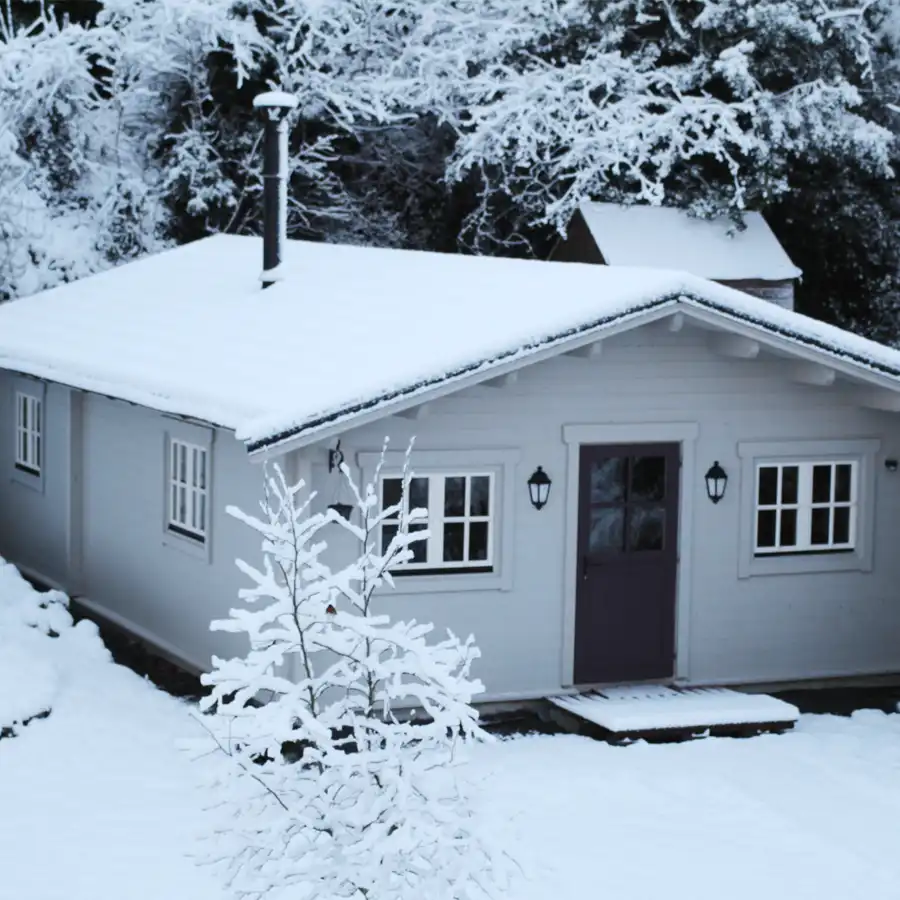


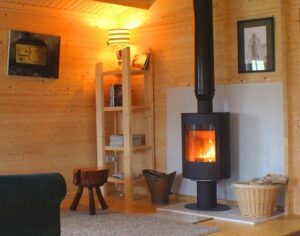
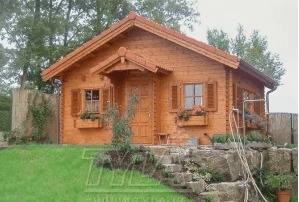


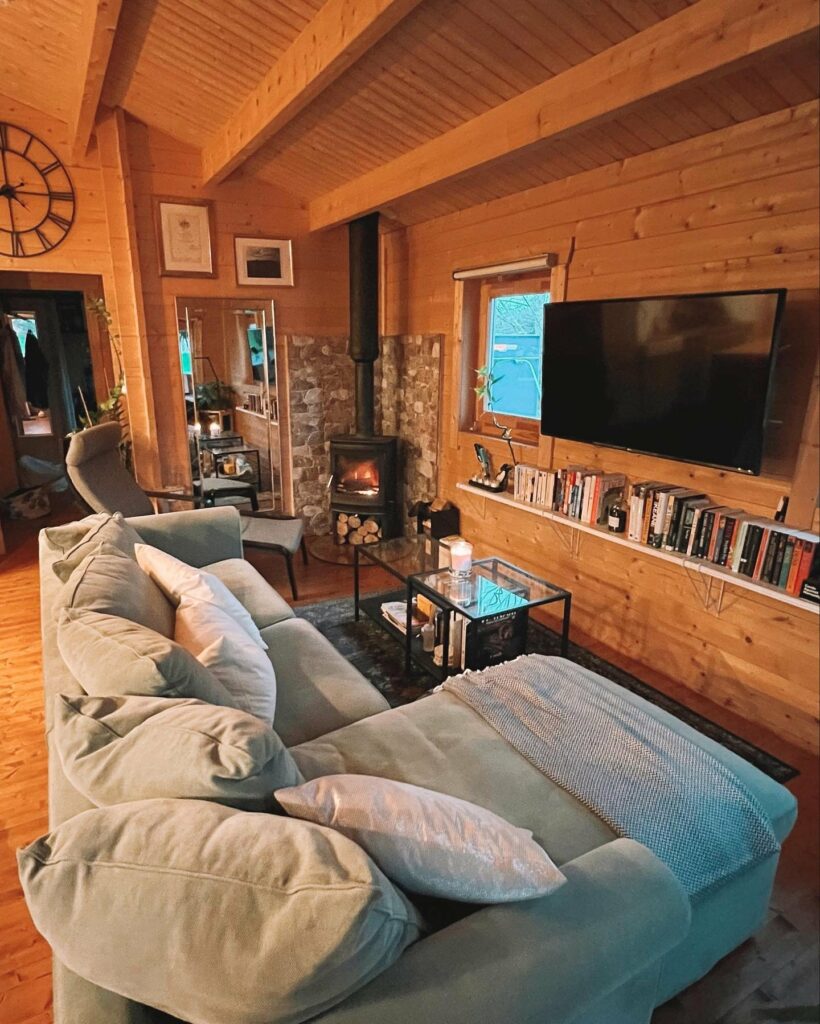
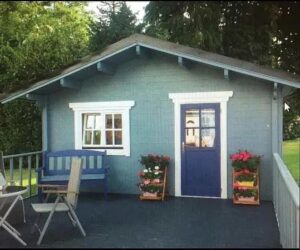
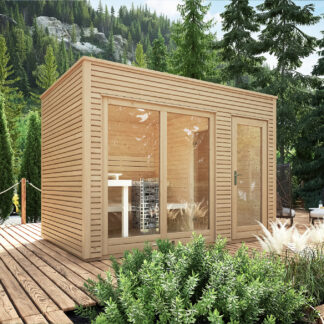
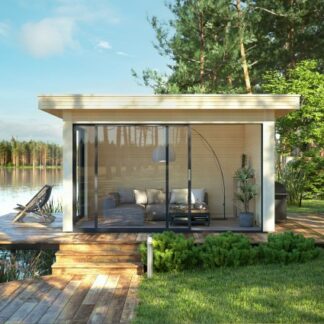
Recent Comments